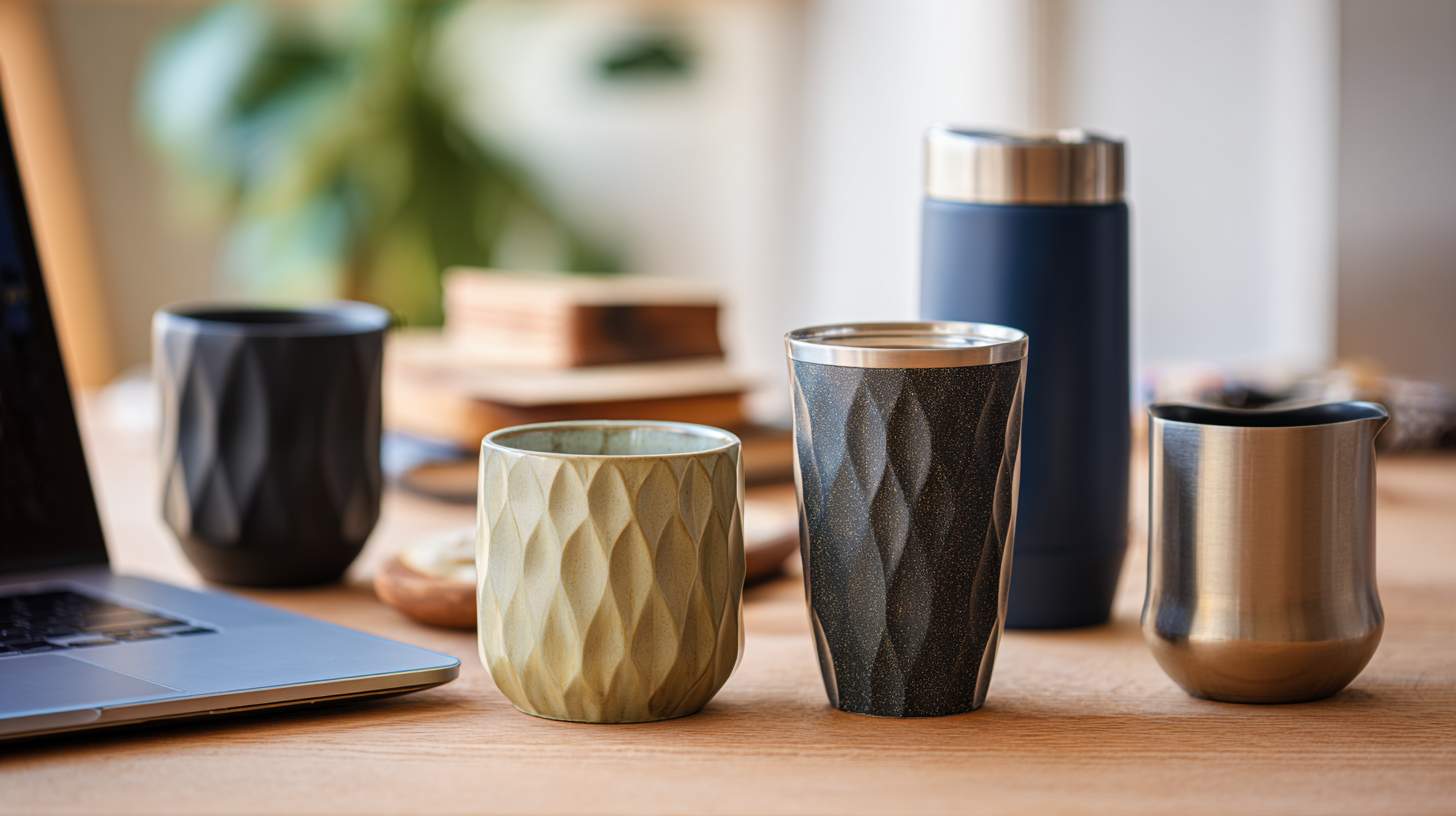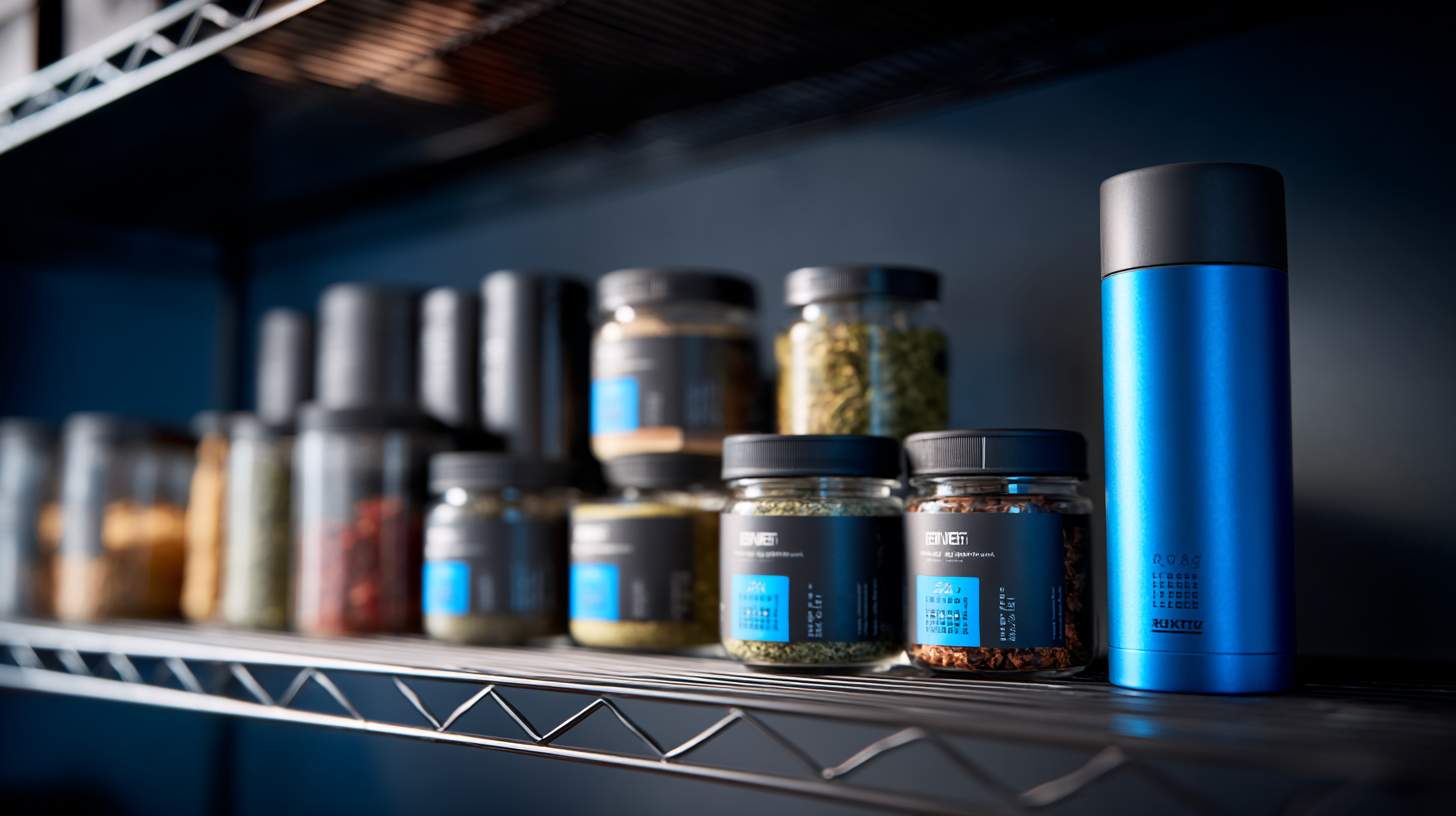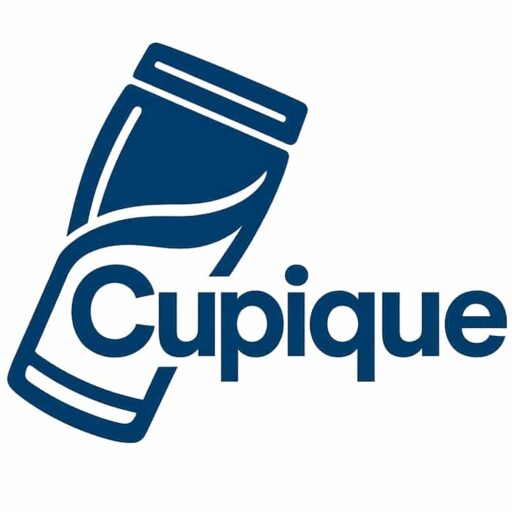
Not all stainless steel cups are made in China, but approximately 60% of global production originates here. Alternative manufacturing exists in Thailand, Vietnam, India, and Europe, each offering distinct advantages and trade-offs for B2B buyers.
After ten years in this industry and countless conversations with global buyers, I've witnessed how manufacturing landscapes shift. Let me share what I've learned about where your next order might come from.
About 60% of global stainless steel cup production is from ChinaTrue
The provided paragraph states that approximately 60% of global stainless steel cup production originates in China.
All stainless steel cups are made in ChinaFalse
The paragraph explicitly states that not all stainless steel cups are made in China, and alternative manufacturing exists in other countries.
China's Manufacturing Supremacy - Industry Data Analysis
Your procurement team faces pressure to diversify suppliers while maintaining quality standards. Rising geopolitical tensions create uncertainty about China-sourced products. Cost optimization remains crucial for competitive pricing.
China produces over 800 million stainless steel cups annually, controlling 60% of global output. The ecosystem's depth in Yongkang provides unmatched speed from concept to sample within 2-3 weeks.

The Real Competitive Moat: Ecosystem Density
From my factory in Yongkang, I can reach any supplier within one hour's drive. This isn't just about convenience. When your order hits a snag - maybe the lid seal fails testing or you need a last-minute color change - I can solve it fast.
Here's what this ecosystem includes:
| Service Type | Response Time | Local Suppliers |
|---|---|---|
| Mold Development | 24-48 hours | 50+ specialized shops |
| 3D Printing | Same day | 20+ facilities |
| Surface Treatment | 2-3 days | 100+ coating shops |
| Testing Labs | 1-2 days | 15+ certified labs |
| Packaging Design | 3-5 days | 30+ design studios |
Technology Leadership Beyond Cost Advantages
We've moved past competing on price alone. Take our tailless vacuum technology. This process eliminates the bottom tail you see on cheaper bottles. It improves insulation performance by 15% and creates a cleaner aesthetic. More importantly, it increases our production efficiency and reduces defect rates.
The learning curve for this technology took us three years to master. New manufacturing regions would need similar time investments. Your brand benefits from this accumulated expertise immediately.
Hidden Knowledge from Volume Production
Producing millions of units annually teaches us things you can't learn from textbooks. We know how different steel grades behave under stress. We understand how coating adhesion changes with humidity. We've solved problems you haven't encountered yet.
This tacit knowledge becomes crucial when your order includes custom requirements. Last month, a client needed bottles that could withstand industrial dishwasher cycles. We adjusted our annealing process based on experience from similar challenges. A newer manufacturer might have needed weeks of trial and error.
China produces the majority of the world's stainless steel cupsTrue
The snippet states that China produces over 800 million stainless steel cups annually, which is 60% of global output.
China's manufacturing ecosystem enables prototype production within a few daysTrue
The snippet states that the ecosystem's depth in Yongkang provides unmatched speed from concept to sample within 2-3 weeks.
Non-China Manufacturing Alternatives - Limited but Growing
You're exploring supply chain diversification to reduce dependency risks. Alternative manufacturing options seem attractive for "China+1" strategies. Quality consistency concerns hold you back from making the switch.
Thailand and Vietnam offer viable alternatives for standard products with 10-15% higher costs. European manufacturing serves luxury segments exclusively. India shows potential but lacks precision for premium markets currently.

Southeast Asia: Trade-offs, Not Simple Replacements
Thailand and Vietnam can produce decent quality stainless steel cups. I've visited these facilities and see their capabilities growing. However, you'll face initial quality fluctuations as they optimize processes.
Their secondary supply chains remain incomplete. Finding specialized coating suppliers or custom packaging becomes challenging. Production flexibility is limited - they excel at long runs of standard designs but struggle with complex customization.
Here's the realistic comparison:
| Factor | China | Thailand/Vietnam | Europe |
|---|---|---|---|
| Cost | Baseline | +15-20% | +200-300% |
| Quality Consistency | Excellent | Good (improving) | Excellent |
| Customization Flexibility | High | Medium | Limited |
| Supply Chain Completeness | Complete | Developing | Specialized |
| Lead Times | 15-25 days | 20-30 days | 35-45 days |
The Structural Challenge of "Made in USA"
American manufacturing of stainless steel drinkware is virtually non-existent. This isn't accidental. The upstream raw material supply (food-grade stainless steel coils) and downstream support industries (tooling, automation, surface treatments) simply don't exist at scale.
Building this ecosystem would require massive investment and time. For brands targeting North American markets, near-shoring to Mexico or optimizing Asian import logistics makes more business sense.
India's Potential Versus Current Reality
India has strong stainless steel raw material production but struggles with precision manufacturing and surface finishing quality. Their products primarily serve domestic and price-sensitive Middle Eastern/African markets.
For quality-conscious European or American buyers, India remains more of a "watch and wait" option than a ready alternative. The gap in quality control systems and finishing techniques is still significant.
Thailand and Vietnam are viable China alternatives for standard productsTrue
The text states that Thailand and Vietnam offer viable alternatives for standard products, with 10-15% higher costs.
European manufacturing offers cost-effective options for standard product manufacturingFalse
The text says European manufacturing serves luxury segments exclusively, not cost-effective standard product manufacturing.
Supply Chain Economics - Why China Dominates
Raw material costs impact your final pricing significantly. Production efficiency determines whether you can meet aggressive delivery schedules. Supply chain flexibility affects your ability to respond to market changes quickly.
China's 15-25% raw material cost advantage combines with superior supply chain integration. Automation investments ensure quality consistency while enabling rapid scaling for large orders.

Strategic Depth in Raw Material Advantages
Our cost advantage goes beyond the 15-25% savings on stainless steel. Chinese steel mills can customize materials for specific applications. Need enhanced formability for complex cup shapes? Want specific antibacterial coatings applied to the base material? We can arrange small-batch customization quickly.
This upstream flexibility is unmatched. Other regions typically work with standard grades and limited customization options.
Automation's Dual Purpose
We invested heavily in automation not just to reduce labor costs. The real value is consistency and compliance. Automated welding ensures every seam meets identical parameters. Robotic polishing eliminates human variation in surface finish.
This matters enormously for brands with strict quality requirements. When Yeti or Stanley audits our facility, they're looking for process control that eliminates variables. Automated systems make this possible while maintaining the documentation trails required for food safety certifications.
Hidden Cost Savings from Industrial Clusters
You see obvious logistics savings from clustered suppliers. The real benefit is reduced communication, time, and trial-and-error costs. When a lid seal fails, I can have three different mold shops proposing solutions within hours.
This rapid problem-solving capability is worth more than the direct cost savings. Your product launch timeline stays on track. Your brand reputation remains protected. These intangible benefits are difficult to quantify but crucial for success.
China has a raw material cost advantage and efficient supply chainsTrue
The section states that China has a 15-25% raw material cost advantage and superior supply chain integration.
China's supply chain is less flexible than other countriesFalse
The section indicates that China's supply chain flexibility allows them to respond to market changes quickly.
Market Dynamics and B2B Procurement Trends
Your procurement strategy needs updating for changing market realities. Supply chain diversification pressure comes from risk management teams. Direct factory relationships could improve margins but require new capabilities.
30% of buyers actively pursue supply chain diversification, while 65% prefer direct factory relationships. Customization demands have evolved beyond logos to structural and functional innovations requiring deep technical partnerships.

Supply Chain Diversification: From Slogan to Action
The 30% diversification demand is real, but the execution is painful. Moving 10% of your orders away from China might consume 50% of your procurement team's bandwidth. New suppliers require extensive onboarding, quality audits, and relationship management.
Successful strategies complement rather than replace. Keep complex, high-value products with proven Chinese suppliers. Use alternative locations for standard products as pilot tests. This approach balances risk reduction with operational efficiency.
The Capability Trap of Direct-to-Factory Sourcing
The 65% increase in direct sourcing reflects brands' desire for better margins and control. However, many lack the expertise to manage overseas factories effectively. Quality auditing, social responsibility verification, production management, and international logistics require specialized knowledge.
This creates demand for hybrid partners - suppliers offering factory pricing with professional services. We position ourselves as technical partners, not just manufacturers. Our role extends to helping you develop products that differentiate your brand.
Customization's Deep End
Today's customization requests have evolved far beyond printed logos. Buyers want:
- Structural Innovation: Stackable designs, magnetic lids, modular components
- Material Innovation: Ceramic inner coatings, recycled steel content, antimicrobial treatments
- Functional Innovation: Integrated NFC chips, temperature indicators, smart connectivity
These requirements demand R&D capabilities and supply chain integration that few suppliers can provide. Success requires genuine technical partnerships, not transactional relationships.
Buyers seek to diversify their supply chainsTrue
The passage states that 30% of buyers actively pursue supply chain diversification.
Most buyers prefer standard products rather than customizationFalse
The passage states that customization demands have evolved beyond logos, requiring deep technical partnerships.
Quality Standards and Certifications Across Regions
Compliance requirements multiply as you expand into new markets. Quality consistency determines customer satisfaction and return rates. Certification costs impact product development budgets significantly.
Modern B2B buyers prioritize complete Quality Management Systems over basic certifications. Material traceability and batch testing documentation have become new minimum standards for premium brands.

From Certification Tickets to Quality Systems
FDA and LFGB certifications used to be entry tickets. Now, sophisticated buyers want complete Quality Management Systems. They want to see batch testing reports, not just annual certificates. They want material traceability from steel mill to finished product.
We maintain detailed records for every production run. Raw material certificates, process parameters, test results, and shipping documentation create a complete audit trail. This documentation capability distinguishes professional suppliers from basic manufacturers.
Beyond Being an Alternative
Positioning as a "Yeti alternative" or "Stanley substitute" is strategically dangerous. Premium brands succeed through storytelling, marketing, and channel management - not just product quality.
Smart buyers seek technical partners who help create differentiation. Can we develop unique coating colors? Can we engineer proprietary lid mechanisms? These collaborations build brand moats rather than commodity products.
Material Declaration Precision
Claiming "18/8 stainless steel" is baseline now. Professional buyers demand precise material sourcing documentation and composition analysis. Sustainability trends require verified recycled content claims with GRS certification.
We provide:
| Documentation Type | Standard Level | Premium Level |
|---|---|---|
| Material Certificates | Mill test certificates | Batch-specific analysis |
| Recycled Content | Supplier statements | GRS third-party verification |
| Traceability | General sourcing | Complete supply chain mapping |
| Testing Frequency | Annual samples | Every production batch |
This documentation depth establishes trust with premium brands and supports their sustainability claims.
Modern B2B buyers prioritize comprehensive quality systems over basic certificationsTrue
The snippet states that modern B2B buyers prioritize complete Quality Management Systems over basic certifications.
Certification costs have minimal impact on product development budgetsFalse
The leading paragraph states that certification costs significantly impact product development budgets.
Future Manufacturing Landscape and Strategic Implications
Manufacturing landscapes will continue evolving with geopolitical changes. Your supply chain strategy needs flexibility for multiple scenarios. Risk management requires sophisticated approaches beyond simple diversification.
Future supply chains will feature coordinated multi-country networks rather than single-location dependencies. China+1 strategies will emphasize synergy over replacement, with specialized role distribution across regions.

China+1: Synergy Rather Than Replacement
Future supply chains won't involve simple factory relocations. We're moving toward coordinated networks where different regions handle specialized functions. Complex vacuum forming and inner coating might happen in China, with final assembly and packaging in Vietnam or Mexico.
This model optimizes for both cost and risk. Technical expertise concentrates where it's strongest, while final assembly captures tariff advantages and regional preferences. B2B buyers need capabilities to manage these multi-stage, cross-border operations effectively.
Near-shoring's Cost-Speed Trade-off
Mexico offers compelling near-shoring advantages for North American markets. Dramatically shorter shipping times and easier inventory management justify higher manufacturing costs. Small-batch reorders become economically viable.
However, you must accept manufacturing costs 50-80% higher than Asia. This trade-off makes sense for time-sensitive markets or products with high inventory carrying costs. The strategy is using higher unit costs to reduce total supply chain risk and improve market responsiveness.
Risk Management Granularity
Future procurement strategies will be highly nuanced. Instead of seeking the lowest price, successful buyers will manage supply chain risk portfolios. A typical strategy might allocate:
- 70% of basic products to China for cost and scale advantages
- 20% of standard products to Southeast Asia for risk diversification
- 10% of premium products to near-shore locations for market testing
Supplier evaluation will expand beyond price to include geopolitical stability, supply chain resilience, and multi-location production capabilities. This complexity requires more sophisticated procurement teams and systems.
Future supply chains will feature coordinated multi-country networksTrue
The paragraph states that future supply chains will feature coordinated multi-country networks.
Future supply chains will have single-location dependenciesFalse
The paragraph states the opposite - that future supply chains will avoid single-location dependencies.
Conclusion
China dominates stainless steel cup manufacturing through ecosystem depth and technical expertise, but alternative options are growing rapidly for strategic diversification.







